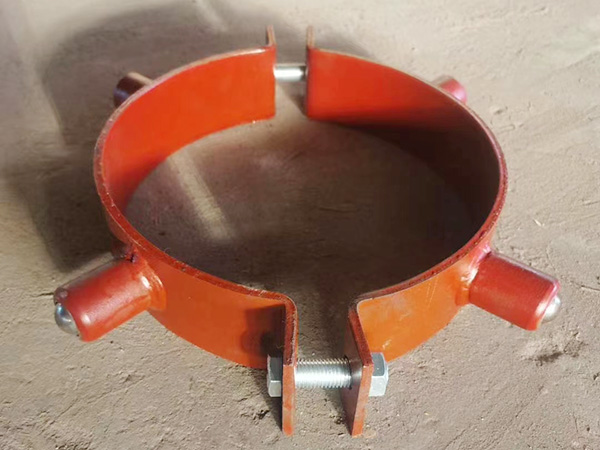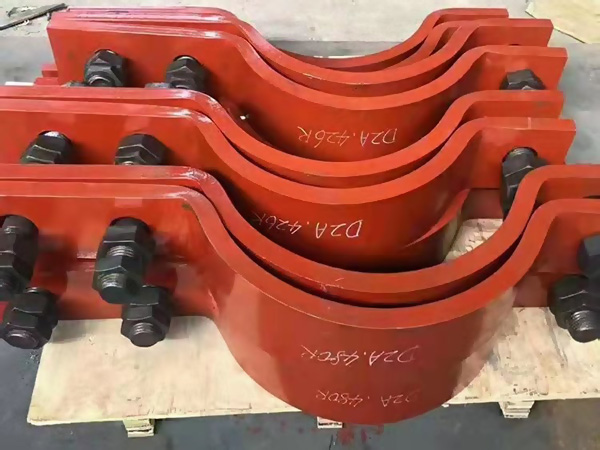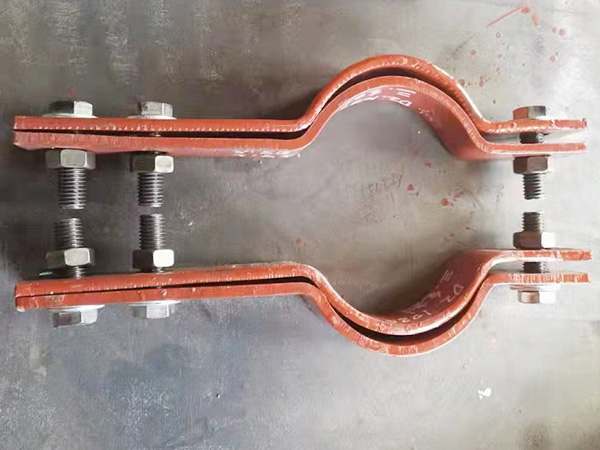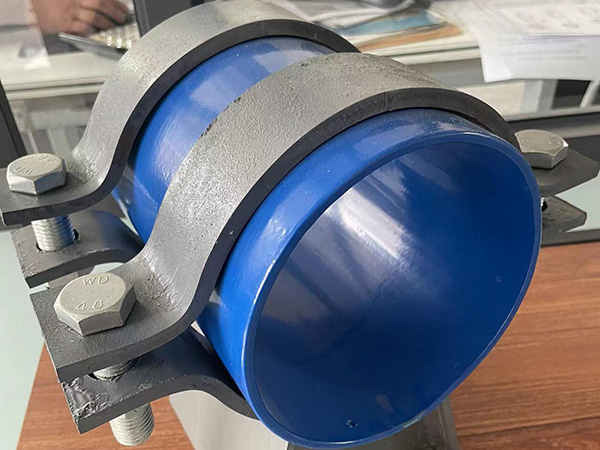Problems Caused by Improper Installation of Concentric and Eccentric Reducers and Corrective Measures
Author:Mingde Time:2025-04-29 00:50:15 Click:124
Pipe reducers, whether concentric or eccentric, are vital components used to connect pipelines of differing diameters while maintaining a smooth flow transition. However, improper installation of these reducers can lead to serious operational problems such as turbulence, flow disruption, leakage, mechanical stress, and even system failure. Understanding the specific issues associated with incorrect installation of both types of reducers—and how to correct them—is essential for safe and efficient pipeline operation.
I. Concentric Reducers – Installation Issues and Corrections
Concentric reducers have a symmetrical shape, where the centerlines of the inlet and outlet are aligned. They are typically used in vertical piping systems or horizontal systems where alignment isn’t critical to fluid behavior.
Common Installation Problems:
Incorrect usage in horizontal pipelines:
If installed in horizontal lines where liquid or slurry flows, concentric reducers may create air pockets at the top or allow sediment to accumulate at the bottom, leading to corrosion or cavitation.
Misalignment with adjacent pipes:
Poor alignment causes bending stress, which may crack welds or reduce the lifespan of the pipe.
Unsupported reducers:
Large reducers without proper support can sag or shift, stressing the pipe system and possibly leading to leaks.
Corrective Measures:
Avoid concentric reducers in horizontal runs that carry fluids; use eccentric reducers instead.
Ensure precise axial alignment using laser or mechanical alignment tools during installation.
Always support reducers adequately with pipe hangers or base supports, especially for heavy components or long spans.
II. Eccentric Reducers – Installation Issues and Corrections
Eccentric reducers have an offset centerline, designed specifically for horizontal applications where flow direction and drainage are critical.
Common Installation Problems:
Incorrect orientation (flat side on top vs. bottom):
In liquid systems, installing with the flat side on top can trap air, creating vapor locks and disrupting flow.
In gas systems, installing with the flat side on the bottom allows liquid accumulation, potentially causing water hammer or corrosion.
Opposite slope to flow direction:
Installing the reducer with the narrow end opposite to the flow can lead to turbulence and back pressure, reducing system efficiency.
Weld misalignment:
Poor welding can lead to flow obstruction, creating turbulence and erosion inside the reducer.
Corrective Measures:
For liquid services, install eccentric reducers with the flat side on the bottom to allow for free drainage.
For gas or steam lines, use flat side on top to prevent liquid pooling.
Mark the correct orientation prior to welding, and ensure it is checked as part of the installation QA process.
Use pipe alignment clamps and skilled welding techniques to ensure a flush, smooth weld.
III. General Preventive Recommendations
Conduct a pre-installation review of the reducer type and flow direction for the specific system.
Train installation teams to identify and apply the correct reducer orientation based on service (liquid vs. gas).
Incorporate visual inspection and non-destructive testing (NDT) for welded reducers before commissioning.
Use flow modeling or CFD simulations in high-performance systems to verify reducer placement and avoid dead zones.
Conclusion
Improper installation of concentric or eccentric reducers can lead to a variety of operational issues, including air entrapment, fluid pooling, increased pressure loss, and mechanical stress. By understanding the unique functional requirements of each type and following proper installation practices, such problems can be prevented or corrected, thereby improving system safety, efficiency, and reliability.
 Hot Products
Hot Products
 Contact Us
Contact Us
Contact:
Mobile:+86 +86 19133378808
Website:mingdepipe.com
Address:










